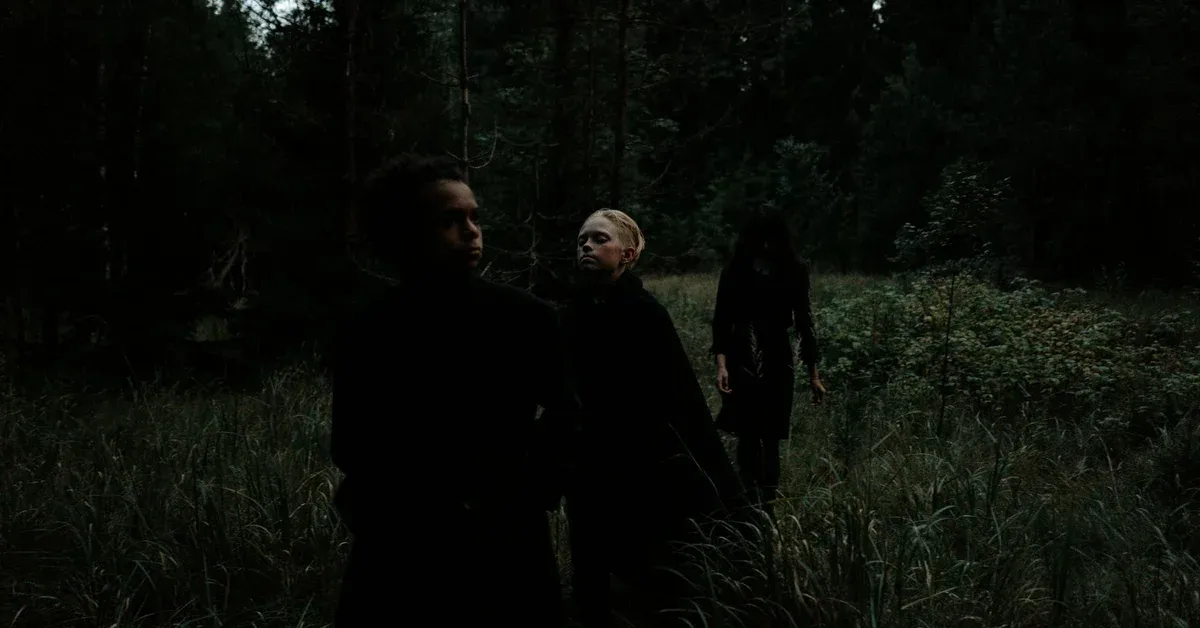
Picture woolly mammoths walking the earth again or thylacines hunting in Tasmania. De-extinction sounds amazing, promising to bring back lost species using advanced biotechnology. But there’s a problem lurking behind the exciting headlines and big funding rounds. Scientists who criticize these projects are getting hit with coordinated “dark PR” attacks meant to shut them up and control what people hear about the science. This goes way beyond bringing back extinct animals - it’s about protecting honest scientific discussion from invisible attackers.
The Real Fight Behind De-Extinction
De-extinction - the push to bring back extinct animals - is one of today’s most exciting and controversial scientific areas. Companies like Colossal Biosciences grab headlines with plans to create creatures that look like woolly mammoths and saber-toothed cats. Supporters say this work gets people excited about science, drives innovation, and helps us understand life better. They argue that putting lost species back into damaged ecosystems could actually help.
But many scientists have serious concerns. They question whether this makes ecological sense, worry about the ethics, and even debate what makes something a “species.” Here’s the thing: de-extinction projects don’t actually bring back extinct species. They create new organisms - hybrids with some genes from the extinct animal mixed with genes from living relatives. This important scientific point, which is crucial for good research and peer review, is increasingly under attack. Experts warn that dropping a “new” animal into an ecosystem could cause devastating problems, just like we’ve seen with invasive species.
How the Smear Campaigns Work
Recent reports from major scientific journals have exposed these troubling “dark tactics.” Scientists who publish critical studies about de-extinction projects find themselves targeted. The methods are sneaky: anonymous hit pieces appear online, pretending to be legitimate criticism. Even worse, attackers file fake copyright claims against critics’ research or images, getting their work taken down and creating professional headaches.
These aren’t random attacks - they’re coordinated efforts to destroy scientific discussion. The goal is obvious: ruin reputations, damage careers, and silence anyone who disagrees. Imagine spending years on important research, only to have your findings buried or your credibility attacked by anonymous trolls. It’s character assassination for the digital age, creating fear among scientists who might otherwise share balanced perspectives. We’ve seen similar tactics in other fields where corporate entities have used legal tactics to silence critics, but seeing this in academic science is especially troubling.
Academic Freedom Under Attack
These dark PR campaigns hurt way more than just de-extinction research. They’re a direct attack on academic freedom - something that’s essential for scientific progress. When scientists worry about payback for raising legitimate, evidence-based concerns, everyone in science suffers. Open debate, where ideas get challenged and improved through rigorous questioning, gets seriously damaged. It creates a chilling effect where researchers censor themselves to avoid becoming the next target.
This information warfare distorts what the public sees, making it hard for regular people to tell the difference between real scientific criticism and manufactured controversy. If only one side of a complex scientific issue gets heard, we get a dangerously incomplete picture. Science advances through unrestricted inquiry, and these tactics threaten that fundamental process. A senior editor at a major scientific journal said, “It is crucial for the scientific community to acknowledge and address these manipulative dark tactics seriously, as they could cause irreparable damage to scientists’ reputations in the long run.” This shows how serious the threat is to our knowledge ecosystem.
Fighting Back Against the Darkness
These dark PR attacks on de-extinction critics aren’t just an internal science fight - they’re a warning for any field where big money meets big ideas. We need more vigilance and stronger defenses in academia to protect researchers. Journals and institutions must create clearer policies and support systems to fight these coordinated attacks, making sure the search for truth stays most important.
As one expert pointed out, the stakes are incredibly high, stressing that “these aren’t just minor disagreements; they are attempts to control the narrative and suppress critical scientific inquiry.” This goes beyond creating new organisms - it’s about keeping science itself healthy. The ongoing de-extinction debate, full of both scientific promise and ethical questions, needs transparency. Without it, public trust in science - and the valuable work scientists do - is at risk. The fight for the future of species might actually be a fight for the future of open information.
For a deeper dive into the original findings on dark PR tactics targeting de-extinction critics, you can read the research published in EMBOpress. To understand the broader mapping of de-extinction controversies, explore this article in Taylor & Francis Online.